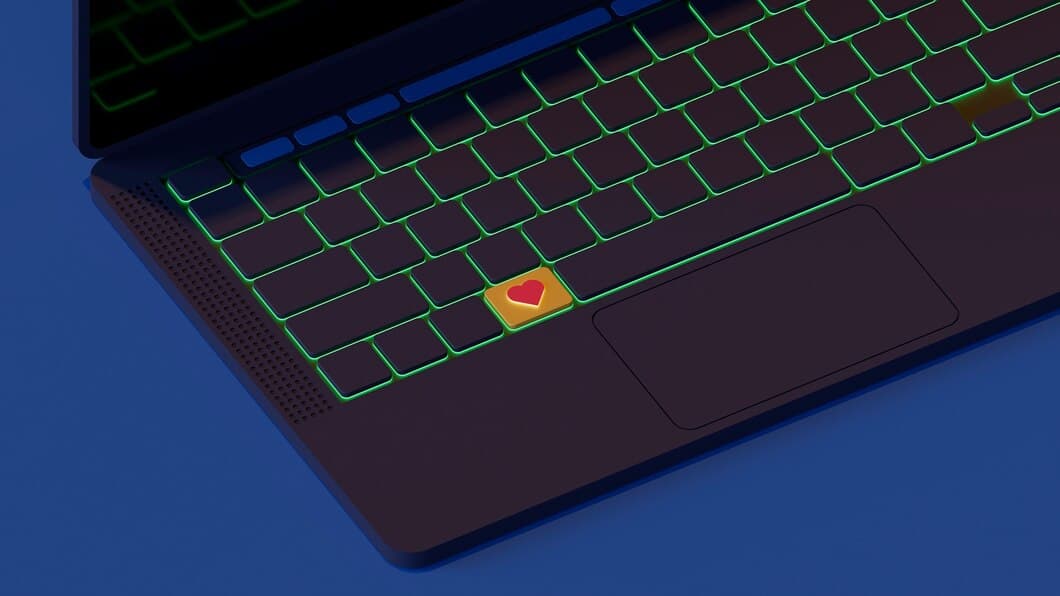How To Clean A Mechanical Keyboard Without Removing Keycaps And Voiding Warranty?

Mechanical keyboards are prone to getting dirty, but cleaning them can be a hassle, especially if you don't want to remove the keycaps and void your warranty. In this article, we'll show you how to clean a mechanical keyboard without removing the keycaps and voiding your warranty.
To clean a mechanical keyboard without removing the keycaps, you'll need a few supplies. These include a soft brush, a can of compressed air, and a microfiber cloth. You may also want to use a cotton swab dipped in rubbing alcohol to clean the keys.
1. Gather your cleaning supplies.

2. Power down your keyboard.
Before you start cleaning your mechanical keyboard, it's important to power it down. This will prevent any accidental key presses from being registered while you're cleaning. To power down your keyboard, simply unplug it from your computer. Once your keyboard is powered down, you can proceed with the cleaning process.
Once your keyboard is powered down, you can start cleaning it. Use a soft cloth or brush to remove any dust or debris from the surface of the keyboard. Be sure to get into all the nooks and crannies, as dust and debris can accumulate in even the smallest spaces
3. Unplug your keyboard from your computer.

4. Flip your keyboard upside down and shake it.

Turning your keyboard upside down enables any loose debris to dislodge and fall out. Flip your keyboard upside down and shake it vigorously until no more debris falls out. Do not hit or smack the keyboard against hard surfaces to dislodge debris, as this could damage the electronics or casing. Instead, shake it gently to loosen debris and then turn it upside down to let gravity do the work.
Ensure you hold the keyboard securely while shaking it, as you don’t want it to fall and potentially break. Once you’ve finished shaking the keyboard, use a soft brush or compressed air to remove any remaining debris. If there is still debris stuck, you may need to remove the keycaps to clean it properly.
5. Use a soft brush or compressed air to remove loose debris.
A soft-bristled brush can dislodge food particles and other debris stuck between keys.Compressed air can also be used to blow away loose debris from the keyboard.
Hold the keyboard upside down and shake it gently to remove any loose debris. If there is still debris stuck between the keys, use a soft-bristled brush to gently brush it away. You can also use compressed air to blow away any remaining debris.
6. Use a damp cloth or cotton swab to wipe down the keys and case.
Using a damp cloth or cotton swab is one of the most effective ways to clean your mechanical keyboard without removing the keycaps. Dampen the cloth or swab with water or a mild cleaning solution and gently wipe down the keys and case. Avoid using harsh chemicals or abrasive cleaners, as these can damage the keyboard.
Be sure to get in between the keys and around the edges of the case. If there is any stubborn dirt or grime, you can use a soft brush to gently scrub it away. Once you have finished cleaning, use a dry cloth to wipe down the keyboard and remove any excess moisture.
Cleaning your mechanical keyboard regularly will help to keep it in good condition and extend its lifespan. By following these simple steps, you can easily clean your keyboard without removing the keycaps and voiding the warranty.
7. Use a cotton swab dipped in rubbing alcohol to clean stubborn grime.
For stubborn grime, dip a cotton swab in rubbing alcohol and gently scrub the affected area. Rubbing alcohol is a powerful solvent that can break down dirt and grime without damaging the keyboard's surface.
Be sure to use a clean cotton swab for each key or area you clean, as dirt and grime can transfer from one key to another.
Allow the rubbing alcohol to dry completely before using the keyboard again.
If you are concerned about the rubbing alcohol damaging the keyboard's finish, test it on an inconspicuous area first.
8. Let your keyboard dry completely before using it again.
Once you have cleaned your keyboard, it’s important to let it dry completely before using it again. This will help to prevent any damage to the keyboard and ensure that it works properly. To dry your keyboard, simply place it in a well-ventilated area and allow it to air dry. You can also use a fan or hair dryer to speed up the drying process. Once your keyboard is completely dry, you can plug it back in and use it as normal.
If you don’t let your keyboard dry completely before using it again, you may experience some problems. For example, the keys may not work properly, or the keyboard may even short out. In some cases, using a wet keyboard can even damage your computer. Therefore, it’s always best to err on the side of caution and let your keyboard dry completely before using it again.
9. Tips for cleaning mechanical keyboards with different types of switches.
Before cleaning your mechanical keyboard, it's important to read the manufacturer's instructions. Different types of switches require different cleaning methods. For example, Cherry MX switches can be cleaned with a soft brush or a can of compressed air. Kailh switches, on the other hand, are more delicate and should be cleaned with a cotton swab dipped in isopropyl alcohol.
Once you have determined the appropriate cleaning method for your keyboard, follow these steps: 1. Unplug the keyboard from your computer. 2. Turn the keyboard upside down and shake it to remove any loose debris. 3. Use a soft brush or a can of compressed air to remove any remaining debris from the switches.
If your keyboard is particularly dirty, you may need to use a cotton swab dipped in isopropyl alcohol to clean the switches. Be sure to use a light touch and avoid getting any alcohol on the keycaps.
10. Troubleshooting common keyboard cleaning problems.
If you encounter any issues while cleaning your mechanical keyboard without removing the keycaps, here are a few troubleshooting tips to help you out. Firstly, make sure to turn off and unplug your keyboard before cleaning. This will prevent any damage to the electrical components. Secondly, use a soft and dry cloth or brush to gently wipe away any loose dirt or dust. Avoid using harsh chemicals or abrasive cleaners, as these can damage the keyboard's surface.
Additionally, if there are any stubborn stains or debris, you can try using a cotton swab dipped in isopropyl alcohol to gently remove them. Be careful not to use too much alcohol, as this can damage the keyboard's finish. Finally, allow the keyboard to dry completely before plugging it back in and using it.
Frequently Asked Questions
Can I clean my mechanical keyboard without removing the keycaps?
Yes, you can clean your mechanical keyboard without removing the keycaps. Here are a few methods you can try:
What should I use to clean my mechanical keyboard?
You can use a variety of household items to clean your mechanical keyboard, such as a soft brush, a microfiber cloth, and some rubbing alcohol. Avoid using harsh chemicals or abrasive cleaners, as these can damage the keyboard.
How often should I clean my mechanical keyboard?
The frequency with which you need to clean your mechanical keyboard will depend on how often you use it and how dirty it gets. A good rule of thumb is to clean it once a week if you use it frequently.
What are some tips for cleaning my mechanical keyboard?
Here are a few tips for cleaning your mechanical keyboard:
Conclusion
In conclusion, you can easily clean your mechanical keyboard without removing the keycaps and risking voiding the warranty. By following the steps outlined in this guide, you can safely and effectively remove dirt, dust, and other debris from your keyboard. With regular cleaning, you can ensure that your keyboard remains in pristine condition and continues to function properly for years to come.
Remember, it's important to follow the specific instructions provided by your keyboard manufacturer, as some models may have unique cleaning requirements. By taking proper care of your mechanical keyboard, you can enjoy a responsive and tactile typing experience for many years to come.




